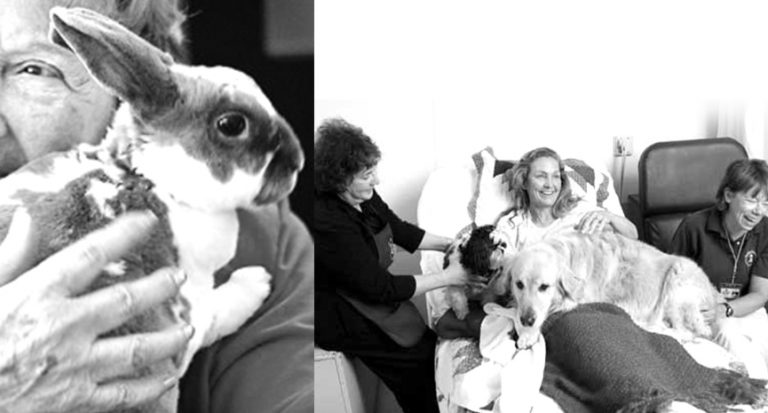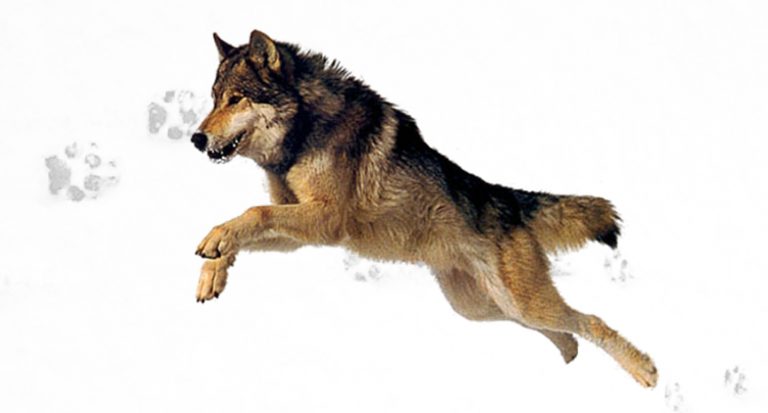Pet owners are a patient lot and most are willing to do anything for their four legged friends, but never is patience tried so much as when your pet falls and can’t get up or is having an obvious difficult time getting around. Not only is getting him back on all fours time consuming, but it can be expensive. Yet most people consider their pets as family members and want to restore their quality of life and worry about the cost later, even in this economy. Several area veterinarians and rehabilitation centers provide the therapies that dogs and cats–as well as the occasional rabbit or squirrel–need to get back up on all fours again.
In The Swim
For Paolo Meireles, disaster came in the middle of the night–specifically 2:15 a.m.–when as he started to drift off to sleep, he saw his Boston Terrier, Vandenhoff, dragging his back legs. After finding an emergency vet, he was told to rush him to the emergency hospital. Tests determined Vandenhoff had suffered a stroke. After a week in the ICU on a respirator with vets and nurses attending him, Vandenhoff was able to breathe on his own and was discharged in Meireles’ care. “He was paralyzed. I had to have him sleep on wee wee pads and turn him every few hours so he wouldn’t get sores and feed him wet food and give him water with a syringe,” says Meireles, a law student who maxed out his credit cards and borrowed from friends.
The first time Meireles brought Vandenhoff to a water rehab facility, he spent the whole time there in the water. “It was the first time he moved his front left leg,” says Meireles. Vandenhoff went for the therapy three times a week and wore a life jacket while the staff moved his legs for him. After three to four weeks, Meireles remembers. Vandenhoff was able to move three of his legs on his own. “It took two months before he could stand on his own,” says Meireles. “If I hadn’t brought him, he wouldn’t be walking.” Meireles massages and stretches Vandenhoff every other day on non-therapy days.
When seeking water therapy–or any rehabilitation–for your pet, you should have a referral from your primary veterinarian and the center you attend should work closely with that veterinarian. According to a manager and rehabilitation coordinator at the center, treatment varies according to the pet’s condition and the owner’s dedication. In addition to water therapy in the underwater treadmill, dogs can be treated with therapeutic ultrasound. In between sessions at the center, owners can massage their pets and work with them in warm water in their bathtubs, using a yoga mat for traction. “You don’t want your dog to slip around and make the condition worse,” said the manager. “An expert should show you what to do.” Ideally the dog can continue water sessions the rest of his life.
Animals at an animal specialty center in sometimes use the facilities to keep fit or lose weight, others are there for strictly rehabilitative purposes. Dogs come to get rehabilitation post-operatively as well as for neurological and orthopedic conditions. Rehabilitation specialists at a center, evaluate a pet during a one hour session to see how well they move. Therapeutic modalities to be considered include heat and cold, electrical stimulation, therapeutic ultrasound, manual therapy, joint mobilization and massage. And the water: the center has two underwater treadmills. Therapy generally takes two to six months, but this varies widely–it can be less or more. Some can’t afford prolonged treatment or live too far away. Some practioners give a CD of exercise programs and written instructions that they go over with them. The exercises generally take fifteen minutes. There’s always something that can be given to the owners to do. Though usual patients are dogs, seen a few cats and other critters have been seen. There was a rabbit with a broken rear leg.The professionals did gait training and held the pet in position and promoted weight bearing.” When released to his owner, he could hop. The center also worked with a squirrel with a leg injury. After surgery, they did massage and stretching to get his leg to move again and he was successfully released into the wild.
Water therapy also aided Thomas Lasurdo’s Labrador Retriever, Sam after she slipped two discs and underwent a serious procedure, (hemilaminectomy) at Long Island Veterinary Specialists in Plainview, N.Y. “She was running after a ball in the back yard, fell down and cried like we never heard before,” said Lasurdo, who lives in nearby Northport, N.Y. The local vet referred the Lasurdos to LIVS and when they got there, they were greeted in the parking lot and took Sam right in. According to Dr. Dominic Marino at LIVS, Sam underwent swim therapy as well as other modalities to get her walking again and when she was discharged, the hospital staff told Lasurdo to do ‘figure 8s’, a series of continuous walking as well as multiple repetitions of sit down and stand up. “She couldn’t walk at all at first,” says Lasurdo. The therapist used a strap like a hoist to give her height. Within a few days of being home, she didn’t need the strap to hold her up any more.
Swim therapy improves the patient’s muscular and cardiovascular strength as well as improving circulation, flexibility, mobility and contractility of the muscles. Marino stresses that a consult is necessary and certain conditions must be ruled out before a dog begins therapy. Certain diseases might compromise therapy. For instance, “an older dog with a heart condition could have a heart attack if he underwent water therapy,” says Marino.
Ultrasound &
Other Machines
Therapeutic ultrasound works similarly to heat therapy; it increases circulation, increases contractility of muscle fibers (thus increasing range of motion), decreases pain and muscle spasms as well as inflammation and accelerates wound healing. It is often performed in conjunction with acupuncture and other therapies. “There has to be some level of improvement after a week of therapy,” says holistic vet and acupuncturist Dr. Babette Gladstein. If there is a response, Gladstein says, you can continue. Owners can work with their pets at home with supervision. “You have to know when to push and when to pull back,” says Gladstein. “I teach them what to do.” Owners can administer electrical stimulation and even rent an ultrasound machine, which costs roughly $300 to $400 a month. A dog in Gladstein’s building fell off the couch and hurt her neck. After having had an MRI, the owners were told it was inoperable. “I saw the dog once a week for the first month and the owner rented an ultrasound machine. After two months of therapy, she was fine and had no recurrence.”
Other therapies that Gladstein uses in her practice are laser therapy and prolotherapy. Laser therapy treatment delivers high spectrum light waves into the body, relieving discomfort and reducing stiffness. Laser therapy is a pain-free treatment that is used to treat a variety of injuries, pain, wounds, fractures, neurological conditions, and dermatological problems in pets. Prolotherapy (proliferative therapy) also known as ligament reconstructive therapy, non-surgically stimulates the body’s natural healing processes to strengthen joints weakened by trauma or arthritis. Prolotherapy uses natural proliferating agents and lidocaine to help your pet heal. The solution is injected into the afflicted ligament or tendon where it attaches to the bone. The solution increases the blood supply and flow of nutrients, which helps the tissue repair itself, stabilizing the joint and relieving pain. Gladstein estimates that surgery can be avoided in more than 80% of knee injuries and cases of hip dysplasia by using prolotherapy. “A lot of work has to be done by the client as well.”
Needles & Pins
When Marcy Puklin came home from a recent vacation, she noticed her 9-year-old tri-color collie Alice couldn’t walk the way she was before she left. She had missed her biweekly acupuncture appointment; Puklin brought her in to see Dr. Wendy Harris and after the treatment, Alice was walking again. “My husband, the ultimate skeptic, was shocked,” says Puklin. Born with a malformation and hind quarter weakness, Alice started with weekly visits two years ago and will need acupuncture treatment the rest of her life. “After treatment, she took a nap and when I came home after work, it was like I had a new dog,” says Puklin.
“It’s a misconception that acupuncture is only for arthritis. It’s also good for other conditions,” says Dr. Leilani Alvarez, D.V,M., Alvarez prescribes exercises for her patients to promote healing and reduce scar tissue. She addresses weight management as well. Harris prescribes Chinese herbs and food advice in her practice and picks an herbal formula for each specific patient. If the patient can’t come to her, sometimes she’ll go to the patient. “I do house calls for people who need it, but it’s limited.” Each acupuncture session lasts 20 minutes. Sometimes she does acupuncture with electrical stimulation. “Most patients do pretty good,” says Harris. When people bring their dog to Harris and say he can’t walk up the stairs and after treatment he is climbing stairs again, it’s most rewarding. One of her more challenging cases was a 2 year old retriever with epilepsy. “He wasn’t doing well with medications and was out of it. After the first treatment, there was a noticeable difference, it looked like somebody was home. He went over three weeks without a seizure, then had one, then went another three and a half weeks, then five months. He hasn’t had one for four years now.”





